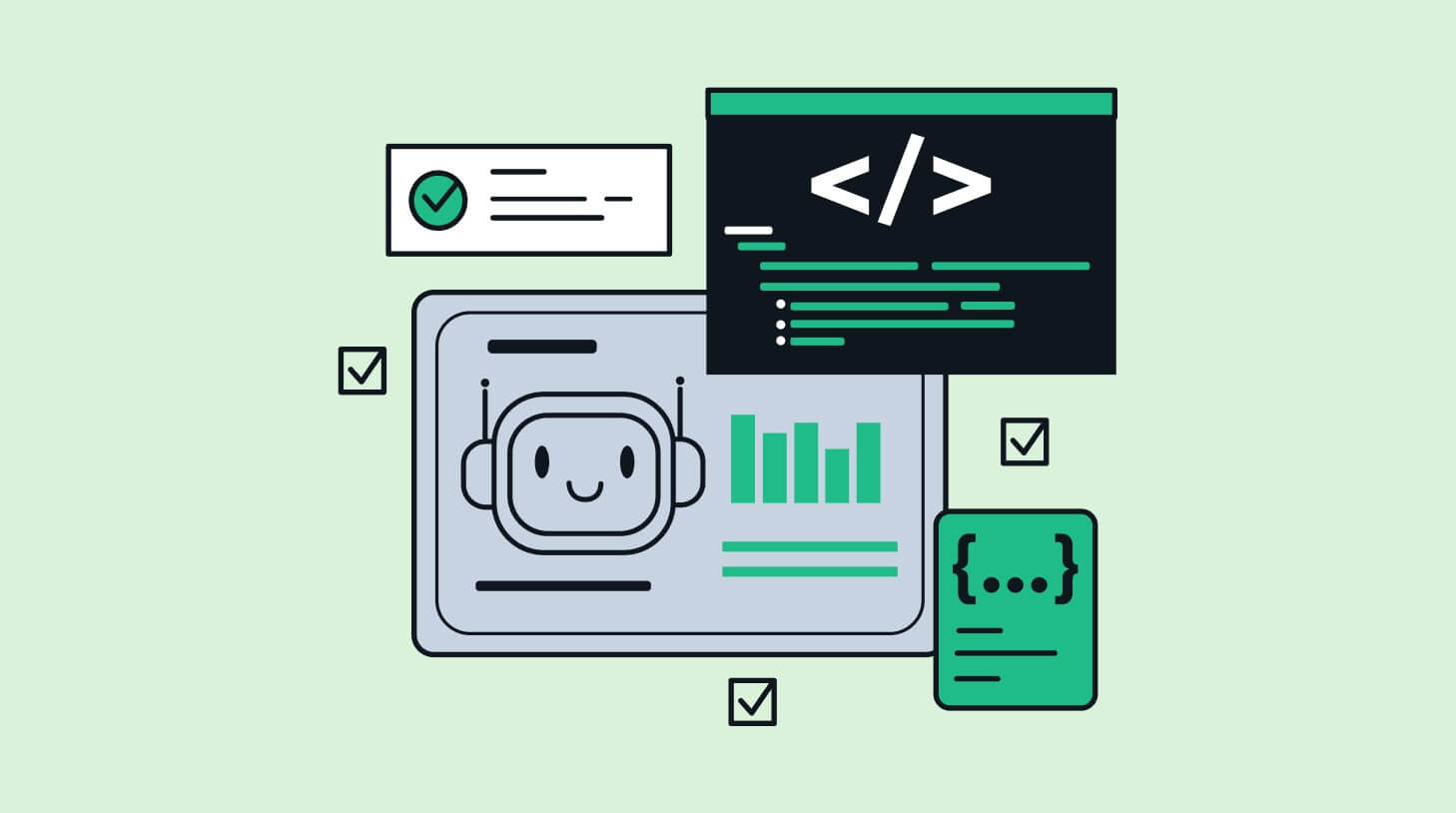AI-powered employee retention: using data to reduce turnover
With 78% of employee departures preventable, the cost of turnover extends beyond finances, affecting morale and productivity. AI offers a solution, using predictive analytics and sentiment analysis to anticipate resignations, personalize career paths, and proactively enhance retention strategies.

In today’s highly competitive business landscape, the ability to retain top talent is paramount. The cost of employee turnover can be expensive, especially when the numbers go up.
It’s not just the cost. Organizational knowledge and familiarity take a hit. Employee morale takes a downturn, as remaining colleagues pick up the leftover pieces left behind. Overall productivity is affected in all this.
A Work Institute report finds that 78% of the reasons employees quit are preventable. What if you could use AI to help in all this? Yes – there are perpetually evolving digital solutions that can predict, analyze and influence employee retention rates.
Understanding employee attrition retention
Why do people leave their jobs? First, they may have found a better-paying position elsewhere. Work-life balance is a factor as well; perhaps an employee wants more flexibility in their work. In another opportunity, they can be better parents, or are able to focus on non-work things like training for a marathon or volunteering in their local community.
Or, perhaps, their career trajectory hasn’t gone the way they hoped – and they see better paths elsewhere. Finally, the company’s culture may not be the right fit.
Normally, you would find out all this information via exit interviews, employee surveys, and periodic reviews.
However, AI can enhance this process by continuously analyzing a broader spectrum of employee data points. This includes performance reviews and engagement surveys to social media behavior and communication patterns.
Your AI bot can comb through all this on a regular basis and not only identify what influences employee attrition and also how these factors interact in complex ways..
Applications of AI in employee retention
Let’s look at the different ways in which you can use AI in employee retention.
1. Predictive analytics
Predictive analytics is one of AI’s most powerful contributions to HR, enabling proactive talent management by forecasting employee behavior. Through sophisticated machine learning models, organizations can analyze historical and real-time data, such as:
- employee demographics
- performance metrics
- engagement survey results
These data points help identify early warning signs that signal an employee might be considering leaving.
By understanding these patterns, HR teams can implement targeted interventions to address potential issues before they escalate.
Real-world application
IBM’s AI-powered predictive attrition model is a notable example of how predictive analytics can revolutionize retention strategies.
With a reported accuracy of 95% in identifying employees at risk of leaving, this tool helps HR departments design personalized retention plans tailored to individual employee needs. This can ultimately reduce turnover rates and boosting engagement.
Extended insight
Predictive analytics shifts HR from a reactive approach to a proactive one that prioritizes employee well-being.
This capability enables organizations to cultivate a healthier work culture by addressing employee concerns and aligning them with strategic business goals.
2. Sentiment analysis
Sentiment analysis, powered by natural language processing (NLP), provides organizations with a deeper understanding of employee morale and satisfaction.
By processing and interpreting unstructured data, such as feedback from internal communications, emails, social media posts, and review sites, sentiment analysis can pinpoint recurrent themes that affect employee engagement.
Real-world application
Amazon utilizes AI-based sentiment analysis tools to monitor employee satisfaction across its workforce.
By analyzing comments from internal communication channels and employee surveys, Amazon can quickly identify areas of concern and implement targeted solutions. Through this, Amazon ensures that employee feedback is integrated into strategic decision-making.
Extended insight
Sentiment analysis empowers HR departments to address the nuanced factors that contribute to employee satisfaction.
By continually monitoring sentiment trends, organizations can foster a transparent environment where employee voices are not only heard but also acted upon.
This proactive approach not only helps in mitigating discontent but also strengthens trust and alignment between employees and management.
3. Personalized employee experiences
The customization of employee experiences through AI is not just a tech upgrade but transforms how human resources nurture talent. Companies can use AI to analyze each employee’s performance data, preferences, and feedback to offer tailored career development paths.
This targeted approach can include recommending specific training programs that align with their skills gap, suggesting career advancements based on their success patterns, or even proposing suitable mentors within the organization who match their career aspirations and style.
There’s value in building career paths for your employees – Workable’s Great Discontent survey in 2023 found that 22% of workers say career opportunities are a factor in choosing to move jobs, and that’s up from 15.8% two years earlier. Meanwhile, when asked what could be better about their current job, 23.3% pointed to training and development – up from 20.9% in 2021.
Real-world application
Cigna is one example of AI use in career pathing and internal talent mobility. Faced with hiring for three to five thousand positions on a daily basis, the company realized its own employees were not properly informed of these opportunities within their teams.
To solve this problem, Cigna picked an AI-supported HR platform to surface open roles with its own employees in a setup described by its director of product marketing as a Netflix-style recommendation system based on user data.
Extended insight
Utilizing AI for career pathing allows HR departments to act more like career coaches than administrative bodies, providing employees with a more engaging and supportive work environment. This not only enhances the employee experience but also promotes a culture of continuous improvement and personal development.
You can also use ChatGPT to build a career development plan for your employees – complete with ready-to-use prompts.
4. Automation and employee support
AI-powered tools such as chatbots and virtual assistants represent a significant leap in providing real-time support to employees. These AI solutions can handle a wide range of inquiries related to HR policies, benefits, payroll queries, and job responsibilities efficiently, allowing HR professionals to focus on more complex issues.
This immediate assistance helps in reducing the turnaround time for query resolution, thereby enhancing employee satisfaction and operational efficiency.
Real-world example
As a 300-person company across three different major hubs (Boston, London, Athens) and sales and support on the ground in multiple other locations and time zones around the world, Workable’s HR team addresses numerous needs and questions on a regular basis.
To step up on its communications via an email, Slack, or even Confluence pages, the HR team built an “HR Workabot” trained on all the data, information, and content in its human resources.
This enables employees to immediately get answers to any question, including when the next holiday is, what benefits they have, how to get their tax documents, and more. The result is a speedier and more engaged workforce that knows it can get an answer to anything it needs.
Extended insight
By automating routine inquiries, AI not only streamlines operations but also collects valuable data on the types of queries being raised.
This data can be analyzed to further refine HR policies and procedures, ensuring they are clearly communicated and effectively meet employee needs.
Moreover, the constant interaction with a responsive AI tool fosters a tech-friendly atmosphere that can accelerate digital transformation across the organization.
Implementing an AI-powered retention framework
There are four fundamental steps when introducing AI into your employee retention strategy.
1. Data collection and integration
The success of any AI system heavily relies on the quality and quantity of the data fed into it.
For HR, this means integrating data across various systems – payroll, performance management, employee engagement, etc. – to create a comprehensive view of each employee.
2. Choosing the right AI tools
The market is replete with AI solutions, each offering different capabilities. Selecting the right tool involves understanding the specific needs of the organization and the problem it aims to solve.
It also requires considering the scalability, integration capabilities, and support offered by the vendor.
3. Ethical considerations
As AI systems are fundamentally driven by data, they are susceptible to the same biases present in their training data.
It’s essential for HR professionals to ensure that the AI tools they use are not only transparent but also regularly audited for bias and fairness.
4. Change management and employee buy-in
Implementing AI in HR processes can evoke concerns about surveillance and job displacement among employees.
Addressing these concerns transparently and highlighting the benefits of AI for employees is crucial for gaining their buy-in and ensuring the successful adoption of AI technologies.
Future trends in AI and employee retention
The future of AI in HR looks promising, with ongoing advancements in machine learning, predictive analytics, and natural language processing.
As these technologies become more sophisticated, they will provide even deeper insights into employee behavior and more refined tools for enhancing employee retention.
Frequently asked questions
- Why use AI to find passive candidates?
- AI helps you efficiently identify and engage passive candidates by automating searches, analyzing data patterns, and personalizing outreach, allowing you to tap into talent pools that traditional methods might miss.
- How can you use AI to find and engage passive candidates?
- Use AI tools to automate the search process, analyze candidate profiles, time your outreach effectively, and craft personalized messages that resonate with each candidate’s interests and career goals.
- What are the benefits of using AI in passive candidate sourcing?
- AI improves recruitment efficiency, enhances accuracy, broadens your talent pool, and enables personalized engagement, leading to faster hires and better-quality candidates.
- What are some features you need to look for in an AI passive candidate sourcing tool?
- Key features include advanced search capabilities, comprehensive profile analysis, predictive analytics, personalized engagement, and seamless integration with your existing HR systems.







